Loans against art are booming. Here are the 10 most expensive pieces sold last year
Loans against art have climbed $20 billion to $36 billion in 5 years
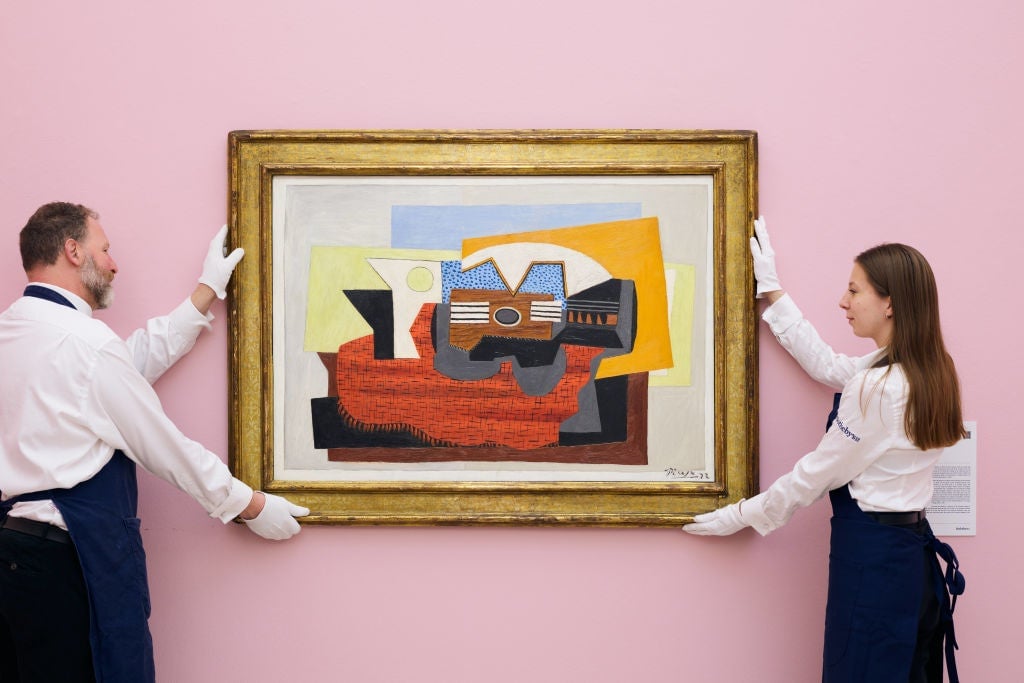
The art market has slowed in recent years – with the cumulative profits of the auction world’s most expensive pieces declining by hundreds of millions of dollars – but that hasn’t stopped the 1% from leveraging their art collections for business gain.
The world’s largest banks are increasingly seeing their clients use expensive art as collateral, with the total value of loans taken out against art pieces soaring from $20 billion in 2019 to an estimated $36 billion by the end of this year, according to Bloomberg News.
“If you’re an owner and need liquidity now, you pause on selling and instead borrow against your art, waiting for better market conditions,” Adriano Picinati di Torcello, global art and finance coordinator for Deloitte, told the outlet.
Bank of America and Citigroup both have teams specifically devoted to clients with high-value art collections, with the former seeing lines of credit taken out against art increasing by nearly 15% in the last year. At the same time, art sales have slowed: in 2022 the combined value of the top-ten art pieces sold at the bellwether May auctions was $760 million. Last year it was $403 million. This year the total was $312 million, according to Bloomberg.
Despite this cooling market, financial experts emphasize that art loans remain particularly effective, as the value of an art piece is less volatile than other forms of collateral.
“Even though rates are higher, art is a very stable asset over the long term compared to other assets in terms of volatility,” Fotini Xydas, head of art finance at Citi Private Bank, told Bloomberg.
“We’re not asking what the value of your Andy Warhol is every day,” Katy Lingle, U.S. head of lending solutions at JPMorgan Chase & Co. Private Bank, told the outlet.
Check out the 10 most expensive works of art sold at auction in 2023.
1 / 10
10. Henri Rousseau, Les Flamants (The Flamingoes)

This 1910 painting sold at auction for $43.5 million during Christie’s 20th Century Evening Sale.
2 / 10
9. Wassily Kandinsky, Murnau mit Kirche II (Murnau with Church II)

This 1910 painting sold for $44.8 million at a Sotheby’s London auction.
3 / 10
8. Mark Rothko, Untitled (Yellow, Orange, Yellow, Light Orange)
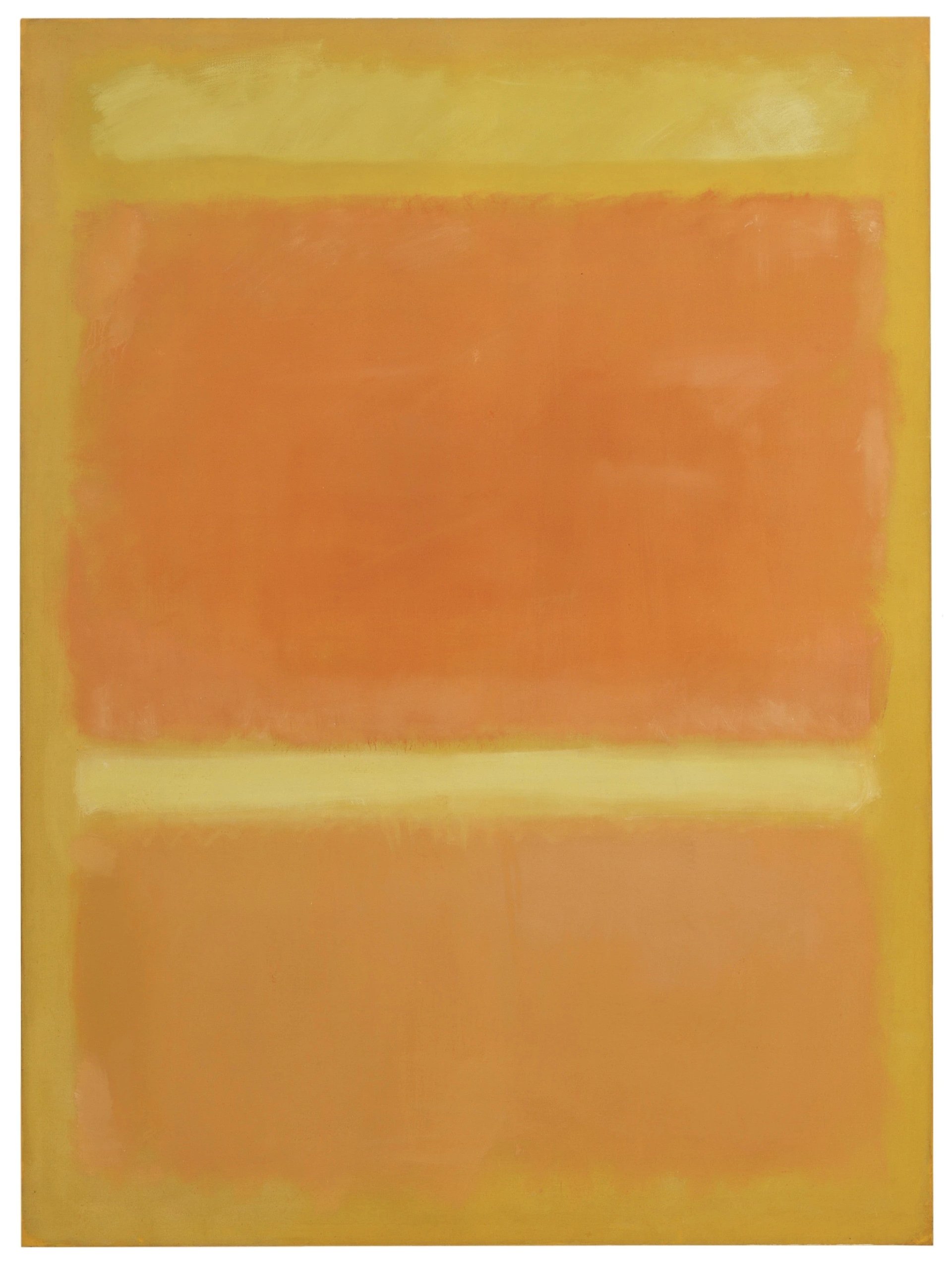
This 1955 painting sold for $46.4 million at a Christie’s auction.
4 / 10
7. Richard Diebenkorn, Recollections of a Visit to Leningrad
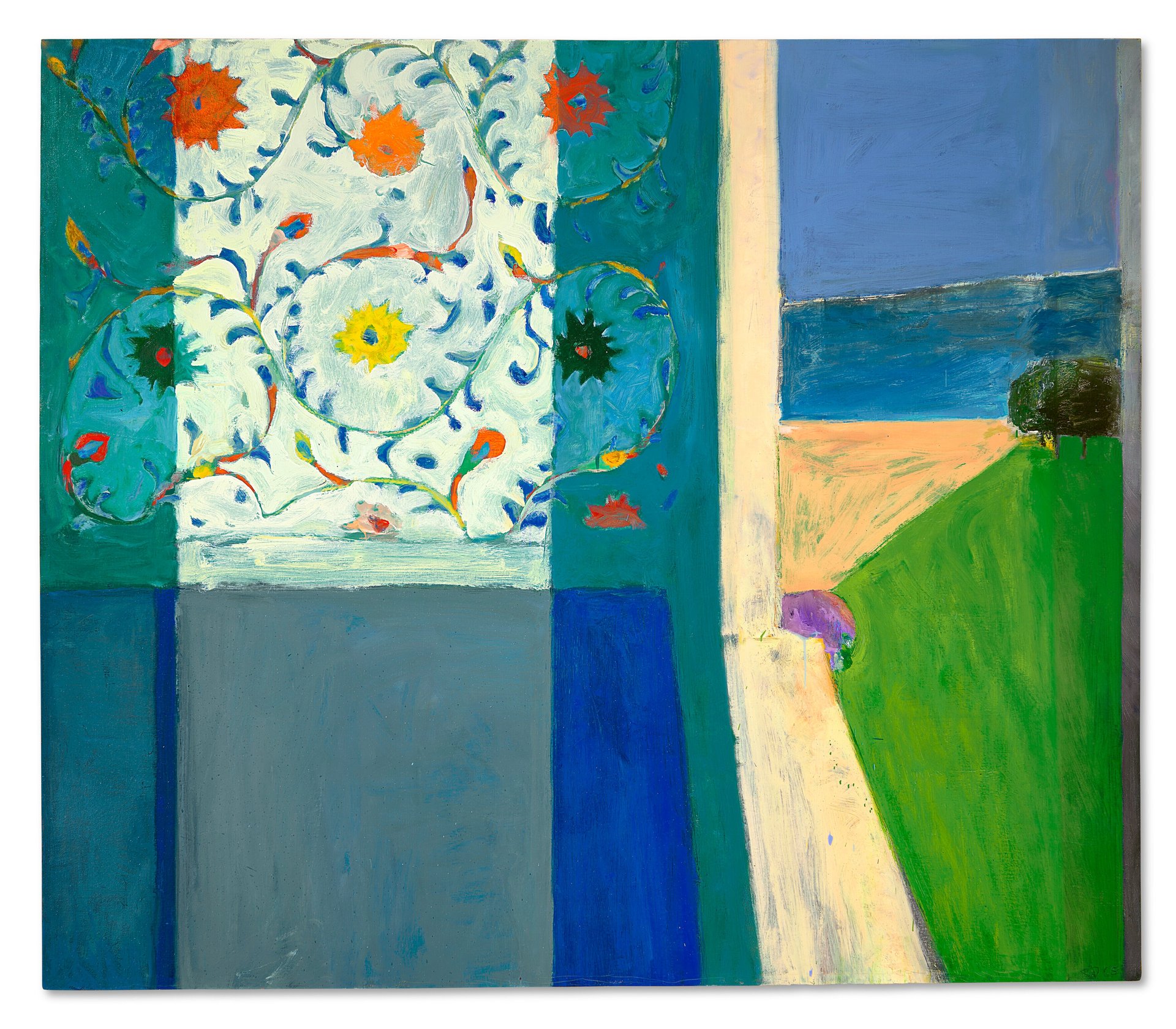
This 1965 painting sold for $46.4 million at a Christie’s auction.
5 / 10
6. Francis Bacon, Figure in Movement
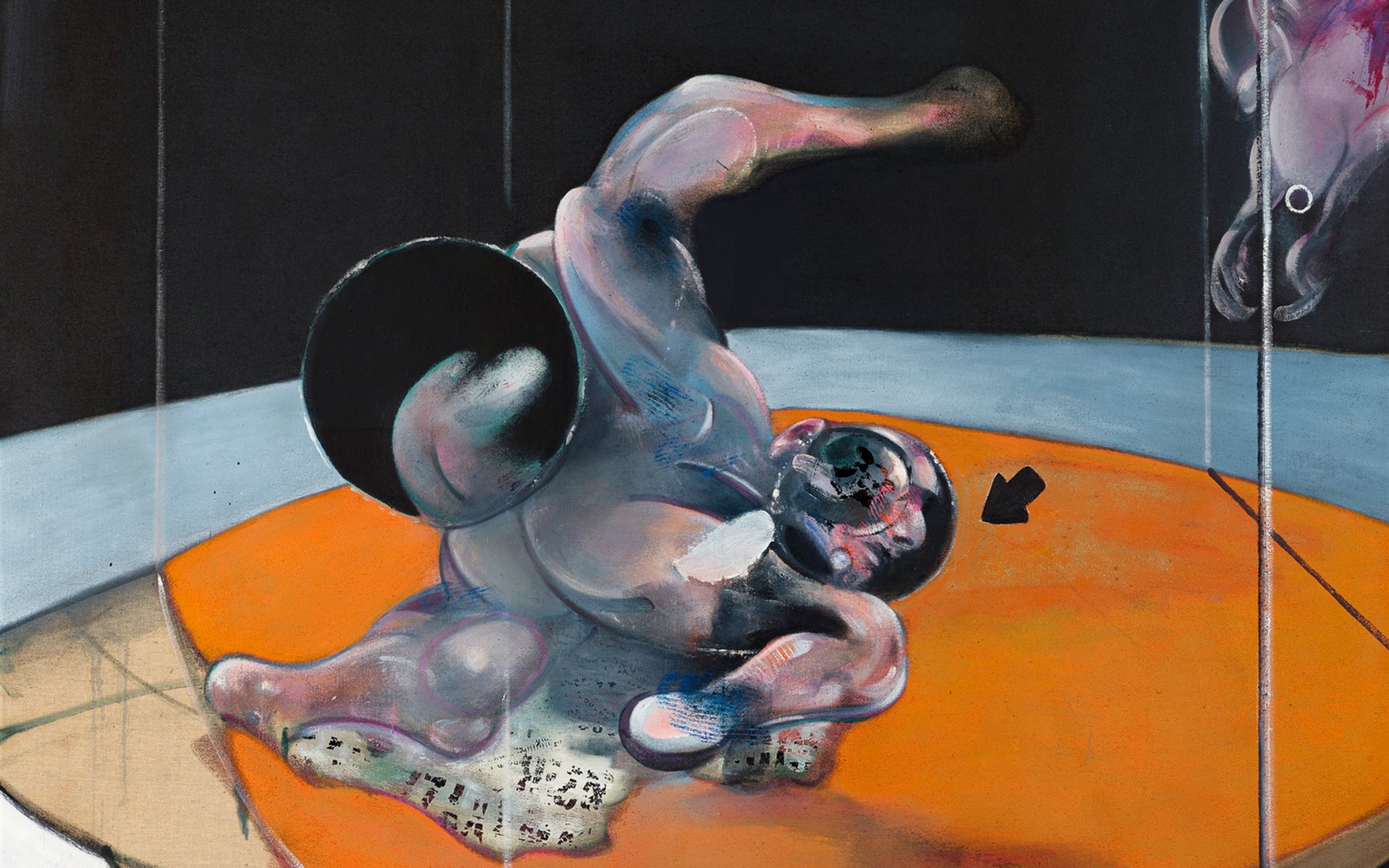
This 1976 painting sold for $52 million at a Christie’s New York sale.
6 / 10
5. Gustav Klimt, Insel im Attersee (Island in the Attersee)

This piece, painted circa 1901 or 1902, sold for $53 million at a Sotheby’s Modern evening sale.
7 / 10
4. Jean-Michel Basquiat, El Gran Espectaculo (The Nile)
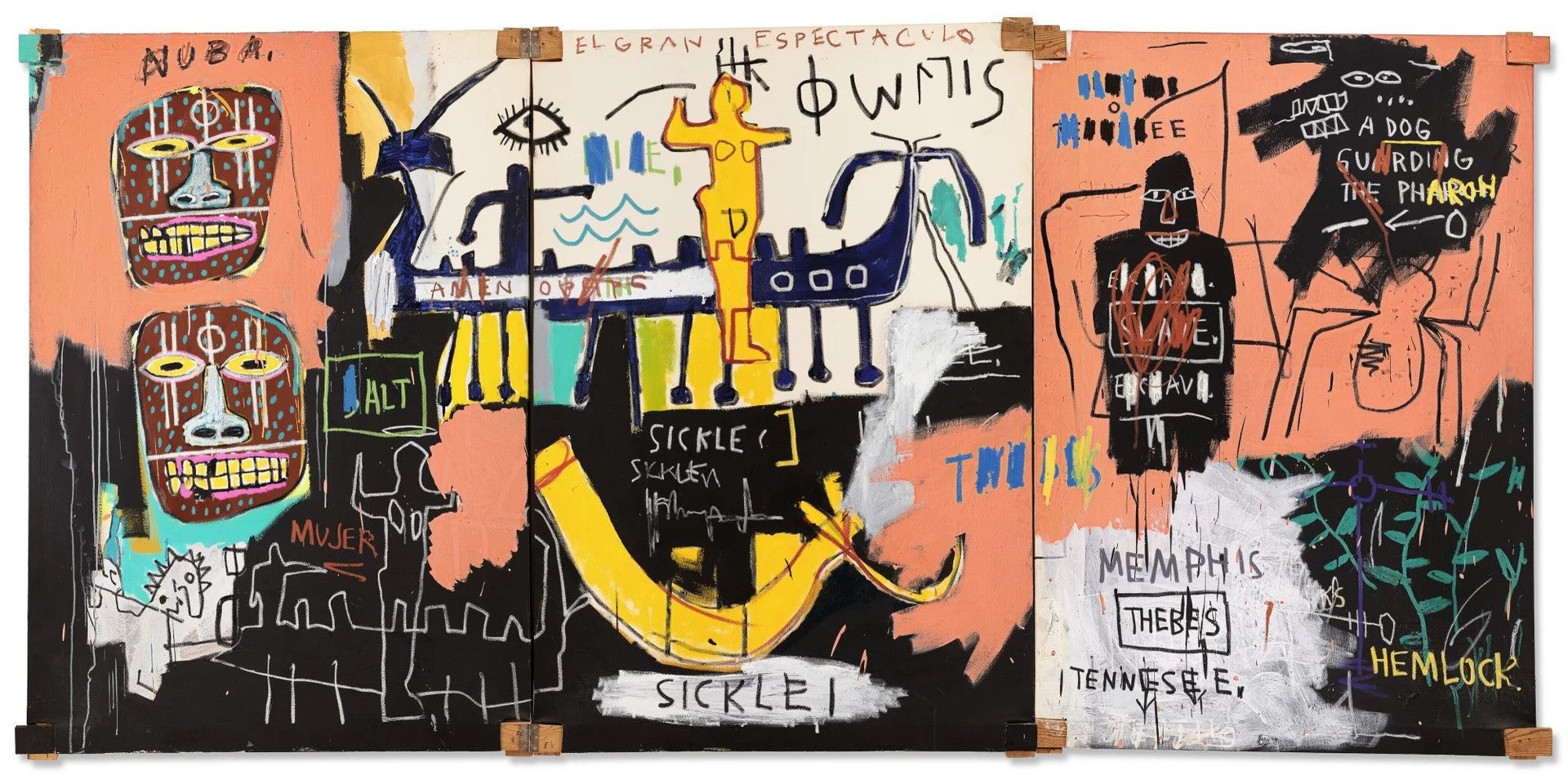
This 1983 painting sold for $67 million during a Christie’s evening sale.
8 / 10
3. Claude Moalnet, Le bassin aux nymphéas (Water Lily Pond)

This 1919 painting sold for $74 million at a Christie’s New York auction.
9 / 10
2. Gustav Klimt, Dame mit Fächer (Lady with a Fan)

This 1917 painting sold for $108 million at a Sotheby’s London auction.
10 / 10
1. Pablo Picasso, Femme à la montre (Woman with a Watch)

This 1932 painting sold for $139 million at a Sotheby’s New York auction.
